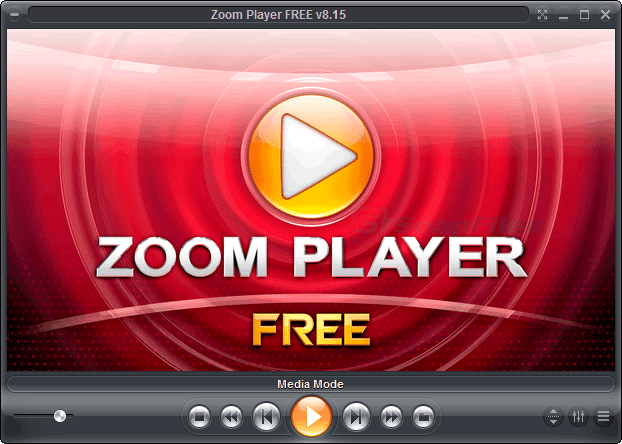It’s easy to focus on how Windows 8’s new interface doesn’t feel at
home on a traditional desktop PC or laptop. But that’s only one part of
Windows 8 – the Windows 8 desktop includes a variety of useful
improvements.
If you’re a desktop user, you owe it to yourself to look over the
improvements and consider upgrading. If Microsoft hadn’t removed the
traditional Start menu and added a new interface, we’d all be
considering Windows 8’s desktop an upgrade.
Boot Speed
Windows 8 uses some tricks to
dramatically improve its boot speed.
Some people have seen boot times drop from 30 to 15-20 seconds on
existing hardware. Instead of shutting down normally, Windows 8 employs a
clever trick – it saves the state of low-level software such as the
kernel and hardware drivers to the disk and restores them when you boot
it up. Essentially, Windows 8 “hibernates” low-level system software
instead of shutting it down, resulting in greatly increased boot speeds.
New Windows 8 PCs using
UEFI will also boot faster than systems using the old-style BIOS.
File Copying
File copying in Windows 8 is dramatically improved. The
new file copy dialog
allows you to pause file-copying operations, view multiple file-copying
operations in the same window, and more easily manage file conflicts.
The interface is simple by default, but you can also expand the dialog
to view more information, including a graph of the file transfer’s speed
over time.

Improved Multiple Monitor Support
For power uses with multiple monitors, windows 8 allows you to place
separate taskbars and wallpapers on each monitor. Previously, this required third-party software.

Task Manager
The
new Task Manager
is a huge improvement over the old one. It features a Startup software
manager that allows users to easily control the software that loads at
startup. It’s also easier to understand at a glance, with color-coded
resource usage columns and more human-readable program names. You can
also quickly research a mysterious process online by right-clicking it
and using the Search online option.

File Explorer Improvements
Windows Explorer has seen quite a few changes. For one, it’s now named File Explorer. While some users may dislike the
new ribbon interface,
it makes it easier to access powerful options like viewing hidden files
without digging through menus and dialog boxes. You can also easily
collapse the ribbon if you never want to see it.
There are also quite a few straight-up improvements, including the
ability to mount ISO and VHD files by double-clicking them – no need to
install any additional software. The Up button on the toolbar that was
removed in Windows 7 is now back.

Storage Spaces
Storage Spaces
is a power-user feature that allows you to combine multiple physical
volumes into one logical volume. In other words, you can create a pool
of storage from several physical hard disks. The storage pool will
behave as if it were one hard disk.

Hyper V
Windows 8’s included
Hyper-V feature
allows you to create virtual machines out-of-the-box. Hyper-V was
previously used on Windows Server and replaces the Windows Virtual PC
virtualization solution used for Windows XP Mode on Windows 7. For
example, you can
use Hyper-V to install Ubuntu on a virtual machine without installing any third-party software.

Refresh and Reset
The ability to
refresh your device to its factory state may seem like a tablet feature, but it isn’t. You can actually
create your own system image
and refresh Windows to it, quickly resetting Windows 8 to a
fresh-installed state whenever you like. This can save you time when
reinstalling Windows.

Battery Life
Low-level system changes, including optimizations to squeeze more
battery life out of tablets and other portable computers, should result
in a more power-efficient operating system and longer battery life. The
removal of Aero should also result in longer battery life for laptops.
Security
Security has seen a lot of attention in Windows 8. Microsoft has
finally included an integrated antivirus in Windows 8. It’s named
Windows Defender, but it’s actually a renamed Microsoft Security
Essentials. This will ensure that even less-experienced Windows users
have an antivirus, but you can easily disable it and install any other
antivirus product you prefer.
Secure Boot
provides protection from rootkits that hijack the startup process,
assuming you’re using a new PC with UEFI instead of the traditional
BIOS. (On Intel x86 PCs, you can disable Secure Boot or add your own
keys to Secure Boot in the UEFI firmware, so Secure Boot won’t prevent
you from installing Linux. However, Secure Boot is used to lock-down
ARM-based Windows RT computers.)
The integration of Microsoft’s
SmartScreen filter
at a lower level helps prevent less experienced uses from downloading
and installing malware by warning them when they install software that
is known-bad, or software that hasn’t been seen before.

There are also low-level changes to memory allocation and ASLR
(Address Space Layout Randomization) that make security vulnerabilities
harder to exploit, even if security holes are found.
If these were the only changes that were made in Windows 8, desktop
users would see it as a worthy upgrade over Windows 7 – especially for
$40.
Even if you dislike Windows 8’s new interface, the availability of
third-party Start menus
and software that hides a lot (but not all) of the new interface on the
desktop should make you seriously consider upgrading to Windows 8 if
these improvements seem significant to you.
Source:
http://www.howtogeek.com/128123/10-awesome-improvements-for-desktop-users-in-windows-8/






























